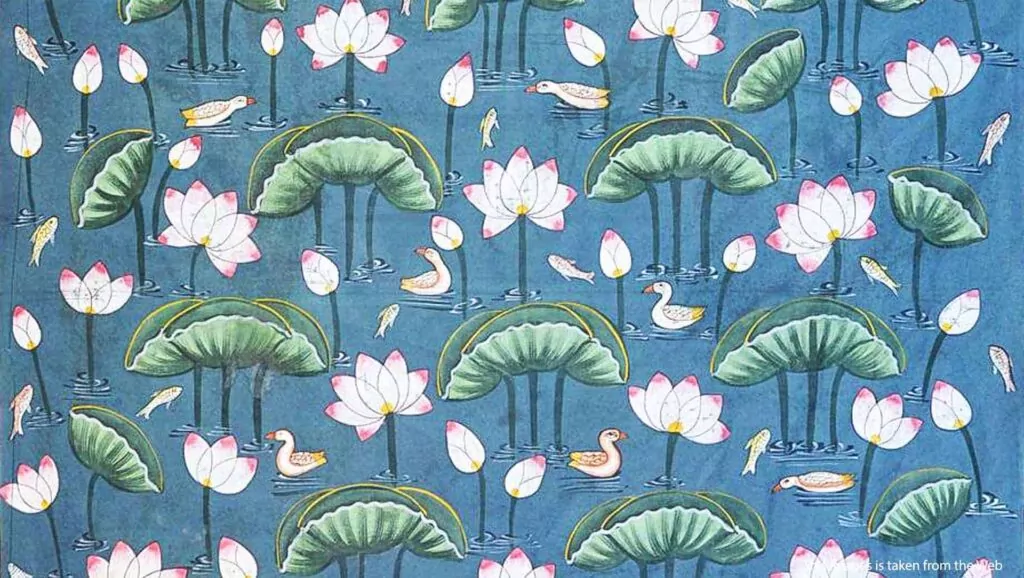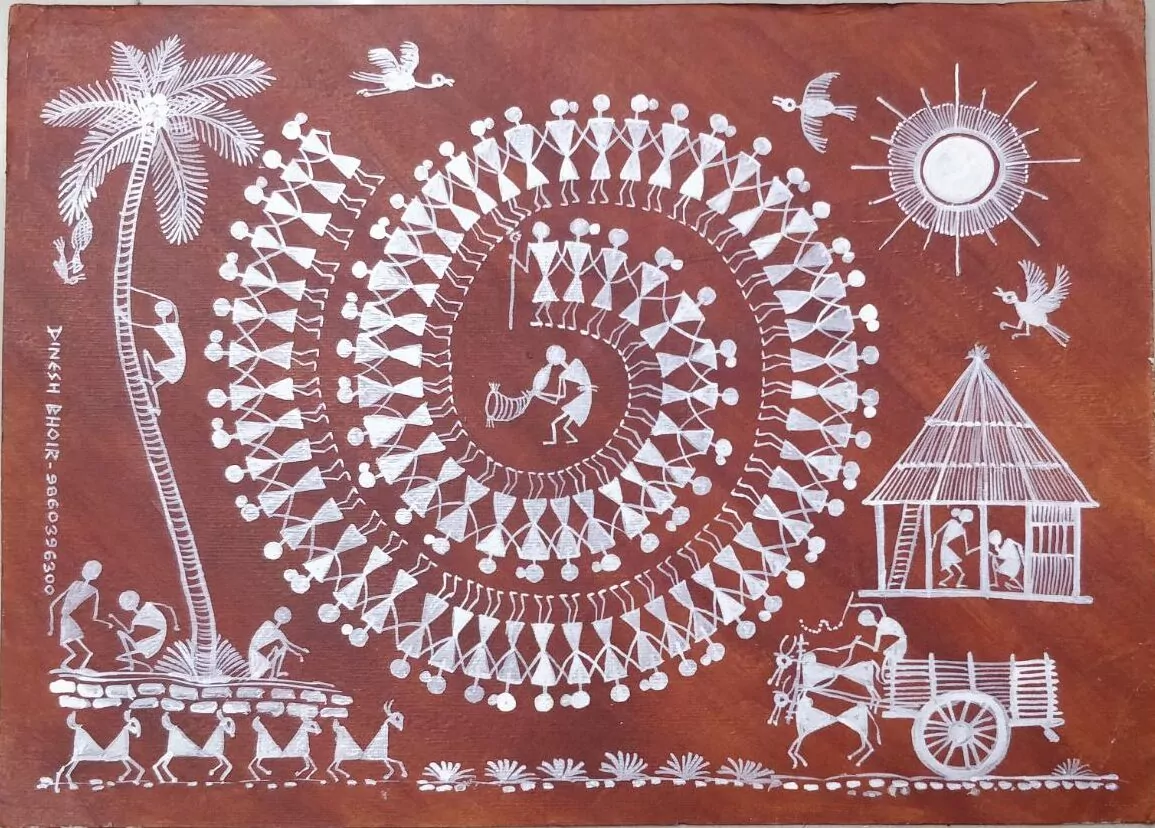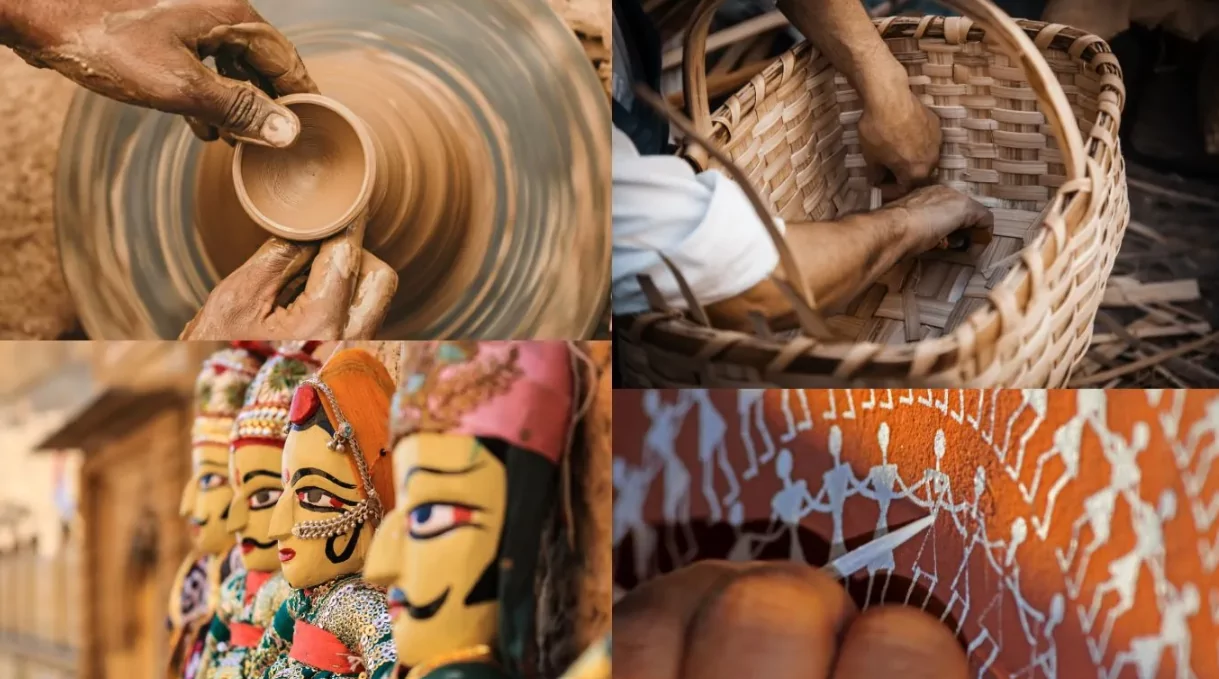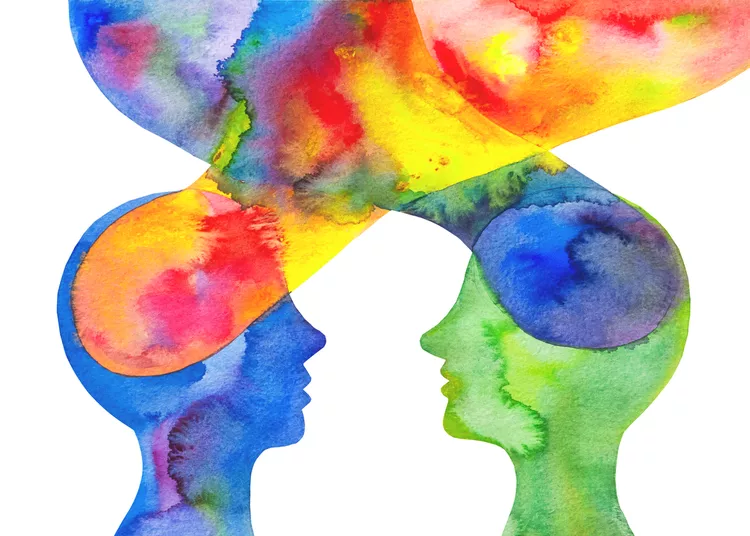Traditional Art is the Foundation of Modernity
Art has come a long way since its inception, and with the development of science and technology, modern artists have newer tools to express themselves. While it’s easy to overlook traditional art in favour of the more fancy styles prevalent today, it’s important to remember that art at its current stage is simply an evolution of what existed before. Understanding the origin, heritage, and history is a key factor in preserving skills that would otherwise be extinct.
Understanding the History and Evolution of Traditional Art
Indian Traditional art has been a part of the country for thousands of millennia, starting from prehistoric cave paintings to the wall art of Madhubani and the frescoes in the artificial caves of Ajanta and Ellora. Initially, the art comprised simple depictions such as animals, birds, trees and humans, later evolving into representations of deities and the universe, such as the sun, moon, and spiritual concepts.
We live in an age in which industrial production and modern attitudes towards art are forcing centuries-old traditional art to extinction. Classical art has held a sacred place in the lives of the many tribes in India, and knowledge about them has been carefully passed down from generation to generation in the hopes of preservation. With the absence of such institutions in the present day, their preservation is more necessary than ever before.

Relevance of Traditional Art in the 21st Century
Traditional art in India has been influenced by cultural as well as religious elements such as Hinduism, Islam, Sikhism, Buddhism, and Jainism. What makes it unique is that despite the diverse mix of religious traditions, art forms have shared creative styles across periods and places. Traditional Indian art is greatly impacted by nature, religious cultures, and traditions, which have survived for ages.
Art connects people, familiarises us with our heritage, and drives meaning into our lives, which is why the quote “Art imitates life” is relevant even today. Safeguarding traditional Indian art is not only the preservation of the country’s history but also serves as a reminder of our roots. Conservation of the artistic heritage of India is an integral part that helps maintain the country’s identity and pride.
Also read: The rise of digital art in the 21st century
Impact of Indian art Globally
Ancient Indian traditional painting and art styles can be referred to as a conductor of culture and heritage. Many art forms remain untouched by modernisation and are practised in their original form, while some have evolved over the centuries and adopted new paint, techniques, colours, and materials. Gond paintings can trace their roots to the pre-Aryan age and depict elements of nature such as rivers, mountains, hills, forests, and streams. Made with dots and dashes and arranged into delicate compositions and patterns, these paintings were unknown to outsiders but are now recognised globally for their vibrancy.
Indian traditional art forms have been rich in symbolism, depicting cosmology, gods, mathematics, the universe, ayurveda, and the human body. The foundation of traditional Madhubani and Pattachitra paintings can be found in the tales of Goddess Durga and Kali, Mahishasura and Krishna. Traditional Indian art has gone beyond personal and national impact and is revered globally.
Traditional Indian art forms have gained importance not just in India but across the globe. Its preservation is more important than ever as these paintings are an artistic window that helps the current and future generations understand the country’s rich history, diversity, culture, and heritage. In a world geared towards the Western way of life, preserving what makes it unique will become a valuable currency in the future.
Download the Rooftop App from Google Play or AppStore and enroll in our maestro courses!
Discover us on Instagram @rooftop_app for all things on traditional Indian art.




